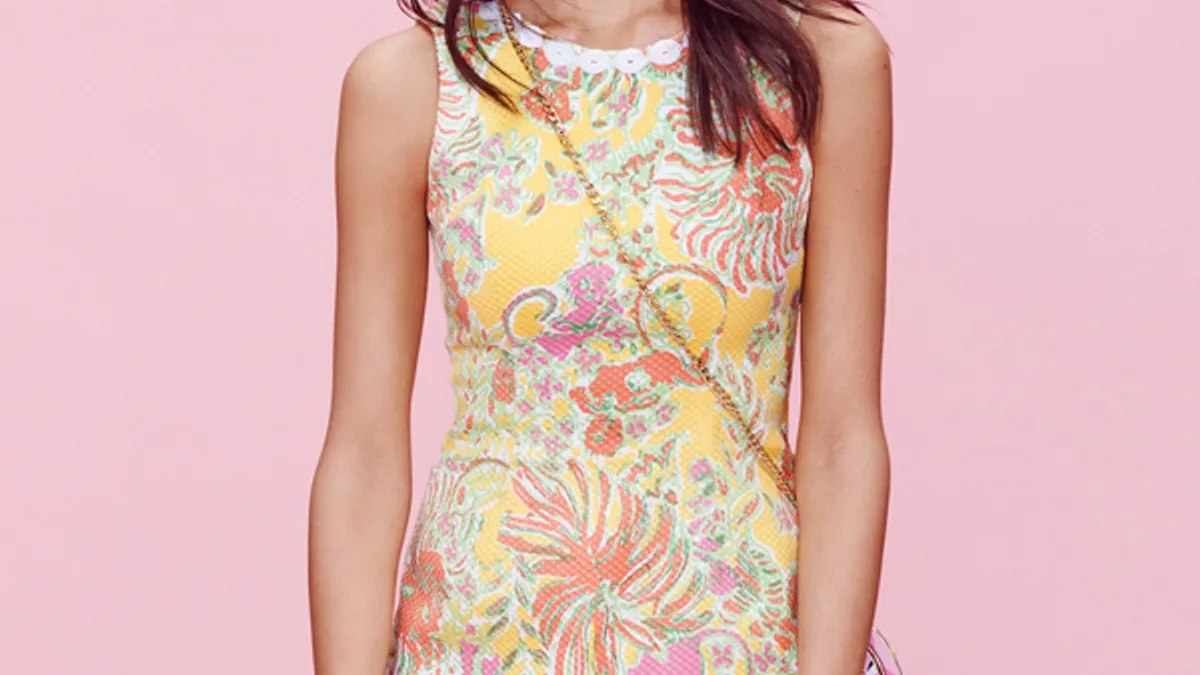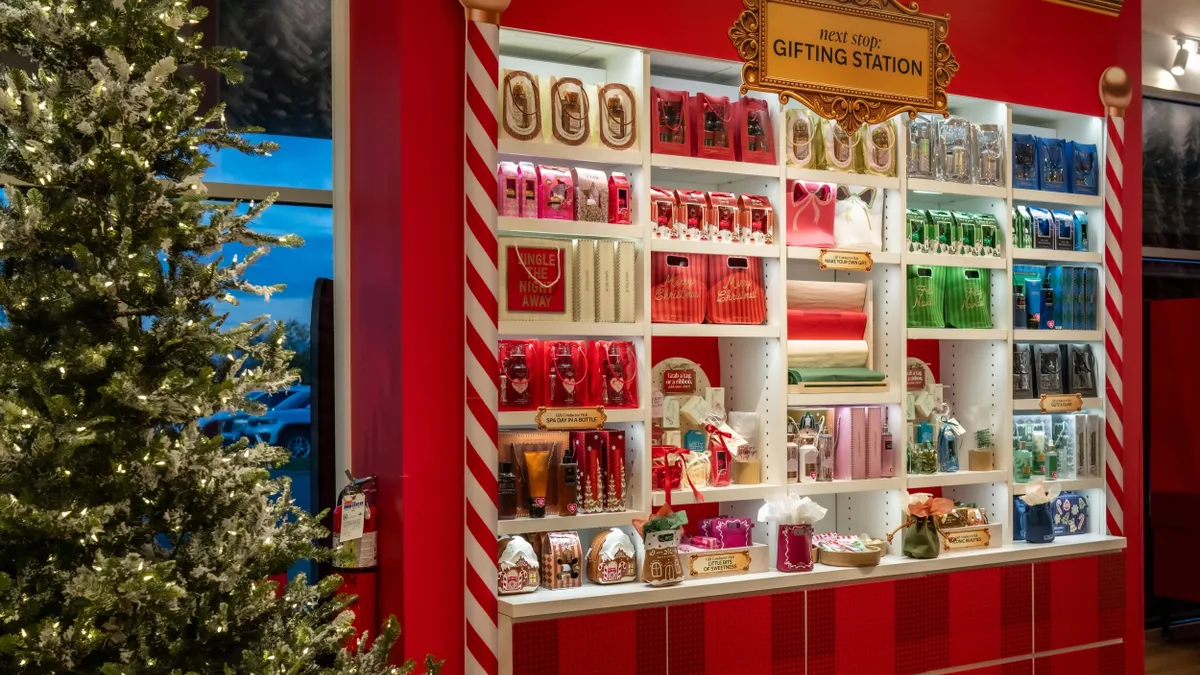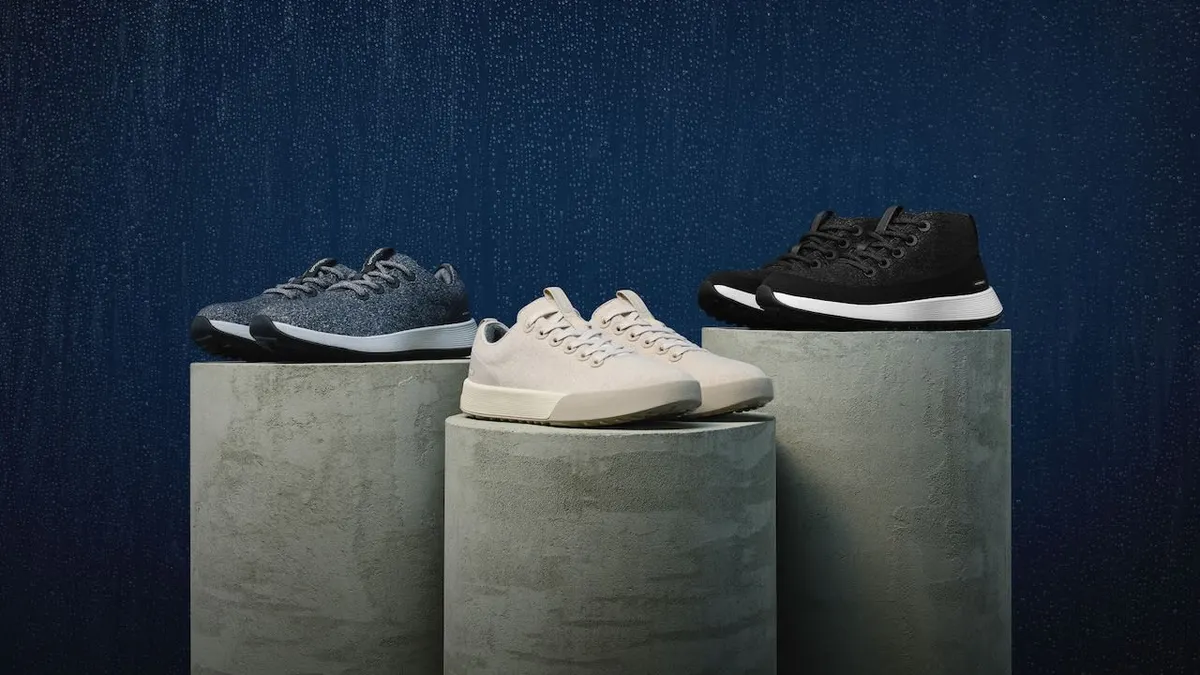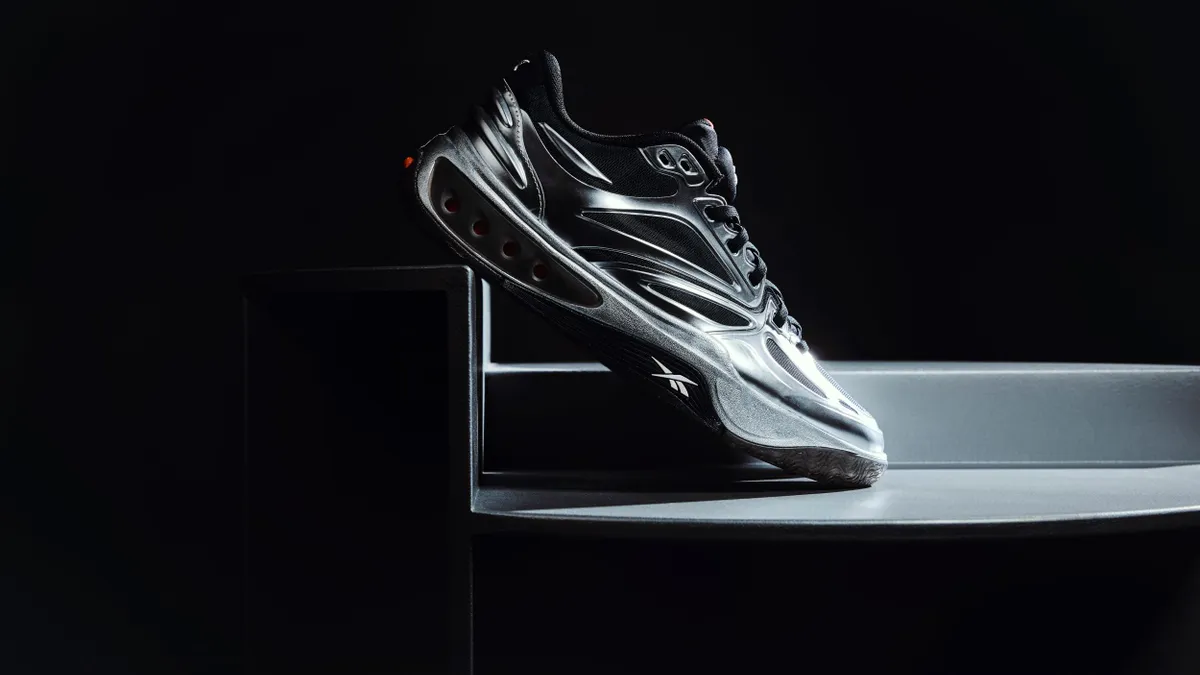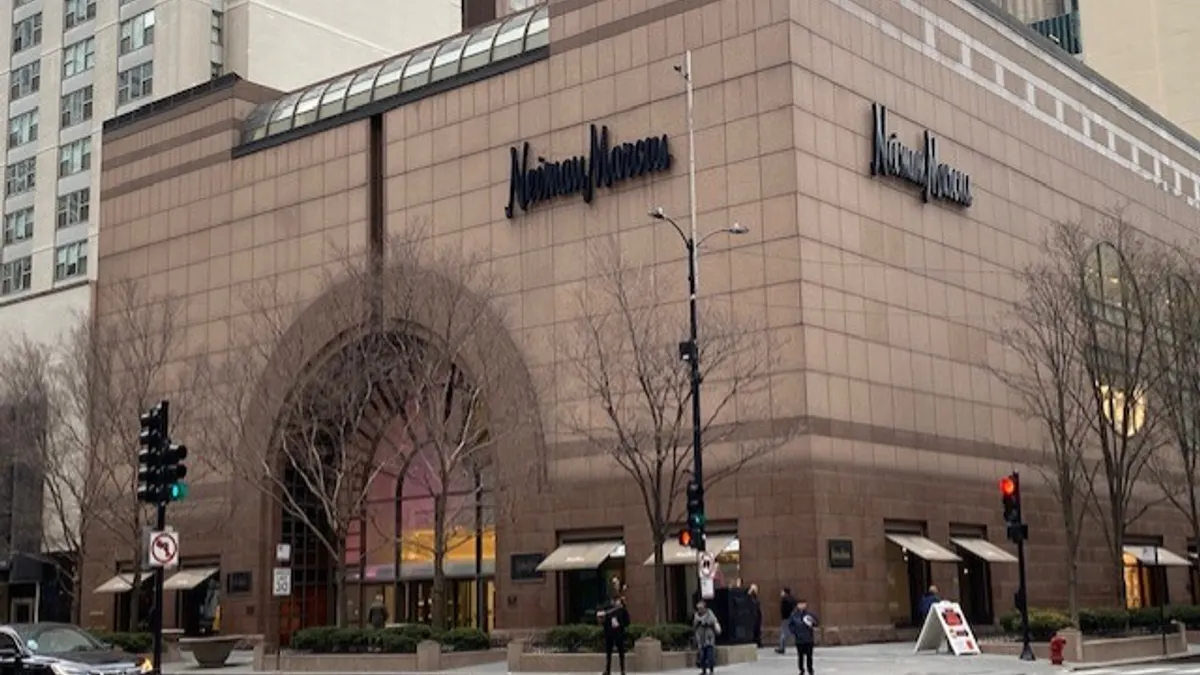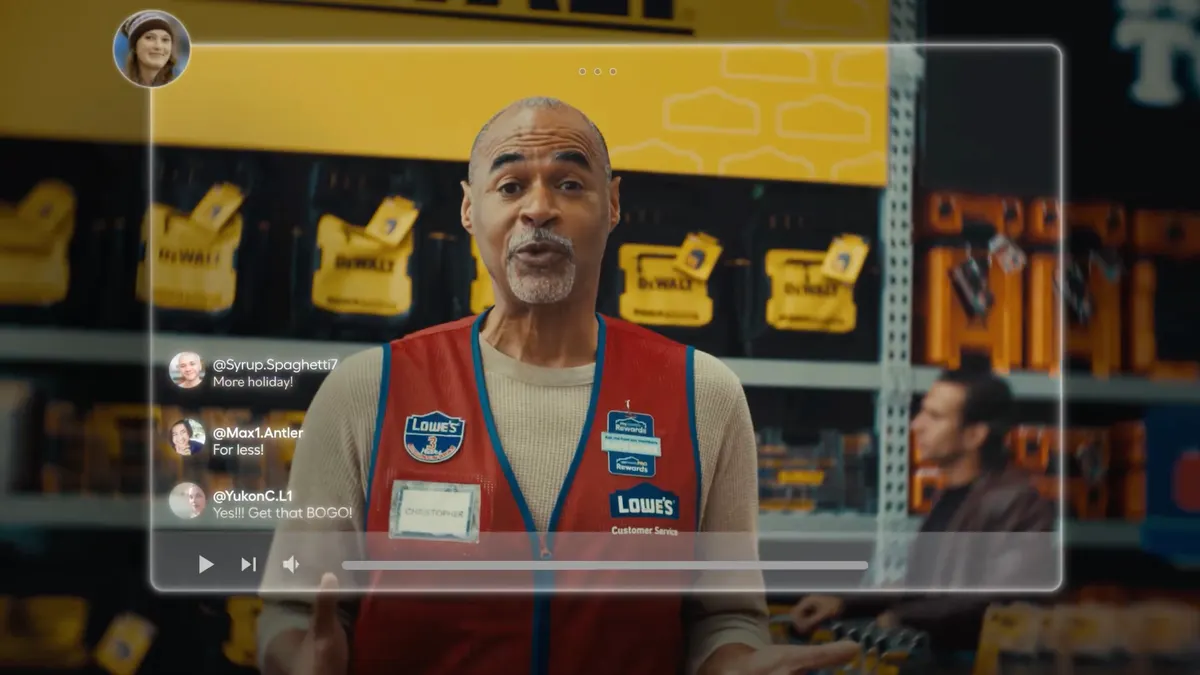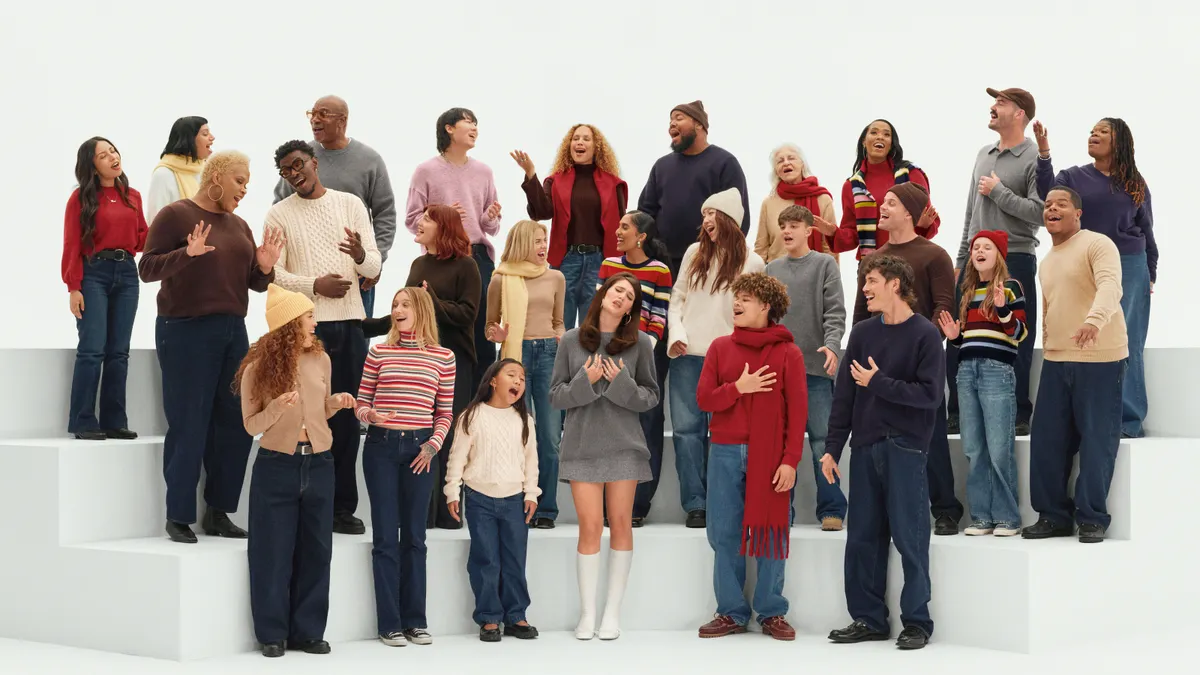Collaborations with couture and other upscale designers have long been a way for mass-market retailers to inject added style into their apparel departments. Offering “name” fashions at reasonable prices, collaborations can help expose designers to a wider audience, and help draw upscale shoppers into downmarket stores.
But collaborations can have their pitfalls. J.C. Penney was the first big retailer to forge such an alliance, enlisting disco-era designer Halston to develop a more affordable collection in 1983. While the Halston III line was a modest hit for Penney, the strategy backfired on Halston, who lost high-end partners such as Bergdorf Goodman.
Starting in 2002 with a collection from Isaac Mizrahi, Target Corp. redefined the strategy, making it central to its brand promise. The chain has forged more than 150 low-couture collaborations with everyone from Altuzarra to Zac Posen, attracting attention from fashionistas and solidifying its positioning as a cheap-and-chic place to shop—even if customers pick up paper towels on the same trip.
Winning the Pulitzer prize
Target’s most recent collab brought a limited-edition collection from high-end resortwear designer Lilly Pulitzer to stores and Target.com. Launched April 19, the line offers more than 250 SKUs of women’s and girls’ apparel, accessories, home goods, and additional gear in the brand’s sunny signature prints.
“This spring, we wanted to offer our guests a collection that embraced color, print and pattern in a bold, fresh way,” Stacia Andersen, Target’s senior vice president of apparel and accessories, said in a statement. “As we started to think about the perfect partner to collaborate with, Lilly Pulitzer was the clear choice.”
The Palm Beach brand expressed excitement in bringing its posh looks to a more proletarian clientele. “We’re excited to give Lilly fans everywhere, including those who have loved the brand for years and those who will get to know it for the first time through this collaboration, a chance to experience this incredibly chic lifestyle collection,” said Jane Schoenborn, vice president of creative communications for Lilly Pulitzer.
Fast fashion gets fancy
Mass-market retailers such as Gap, H&M, and Kohl’s have also embraced the couture collaboration. Kohl’s has introduced limited-edition lines from designers Derek Lam, Peter Som, Elie Tahari, and Thakoon as part of its twice-annual DesigNation series. A veteran of downmarket collaborations, Thakoon Panichgul has also designed lines for Target and Gap, eventually launching his own affordable subbrand.
As collaborations become more common, one key to success is for the retailer to select designers who can accurately parse their positioning. Target has had success with classics such as Missoni, while H&M engages of-the-moment designers such as Karl Lagerfeld, Comme des Garcons, Versace, and Martin Margiela. Kate Spade and Stella McCartney brought whimsical children’s basics to Gap Kids, while Jil Sander’s futuristic, streamlined styles were ideal for Uniqlo.
“I’m a huge fan of Margiela, and I love H&M,” said fashion model Helena Christensen at a red-carpet event celebrating the launch of the chain’s Maison Martin Margiela line in 2012. “It’s a great collaboration. Every designer they pick I’m interested in. I’m always standing in the queue with my mother in the early mornings.”
Hype brings headaches
Therein lies the rub for downmarket collaborations, however: The more hype they generate, the more likely they are to produce runs on merchandise, create distribution headaches, spur graymarket resale activity, and ultimately, generate bad feedback from frustrated shoppers.
Target’s collections from celebrated couturiers Missoni, Marc Jacobs, and Jean Paul Gauthier sold out so fast that the vast majority of hopeful shoppers went home empty-handed. The Lilly Pulitzer collection sold out of physical locations in a half-hour last month, and forced the retailer to shut down Target.com during the line’s overnight debut.
“We felt good about the amount of product, but you just don’t know until you give customers a chance to shop,” spokesman Joshua Thomas told the Associated Press.
Customers also let stores know when the price points don’t match the quality delivered, as they did with Target’s 2008 collaboration with Neiman Marcus. And when customers take to the web to air grievances, it can damage the brand — angry Missoni buyers threatened to boycott after Target was forced to delay or cancel orders due to a website crash.
Then there’s the resale of sought-after items, which often takes affordability out of the equation. Like a ticket to a sold-out concert, hot items snagged on the first day of release often appear on eBay soon after; Lilly Pulitzer garments, for example, are already selling at three times their MSRPs.
But for Target and other mass-market retailers, the excitement such collaborations create is often better for the brand in the long run, according to Cowen & Co analyst Oliver Chen, quoted in a report. “Bottom line, we believe the buzz is more likely positive than negative to revitalize Target’s fashionable, signature category brand image.”


